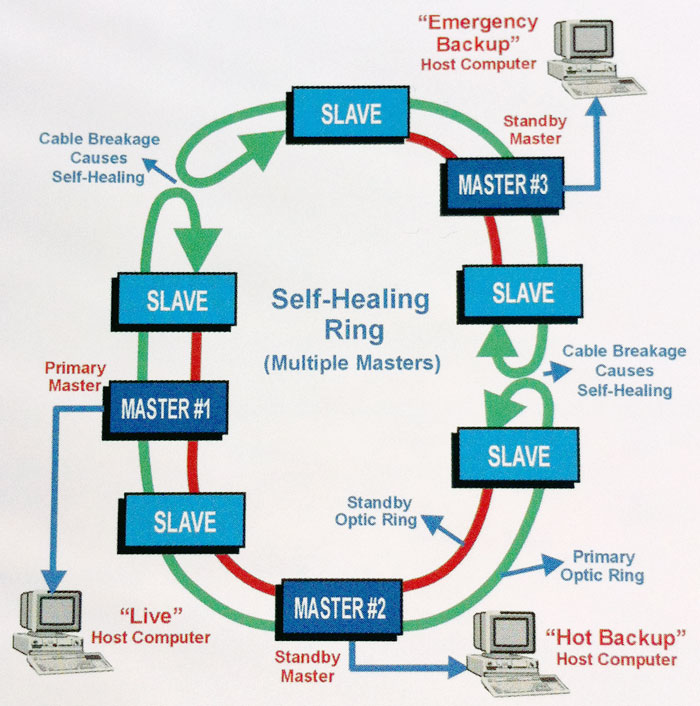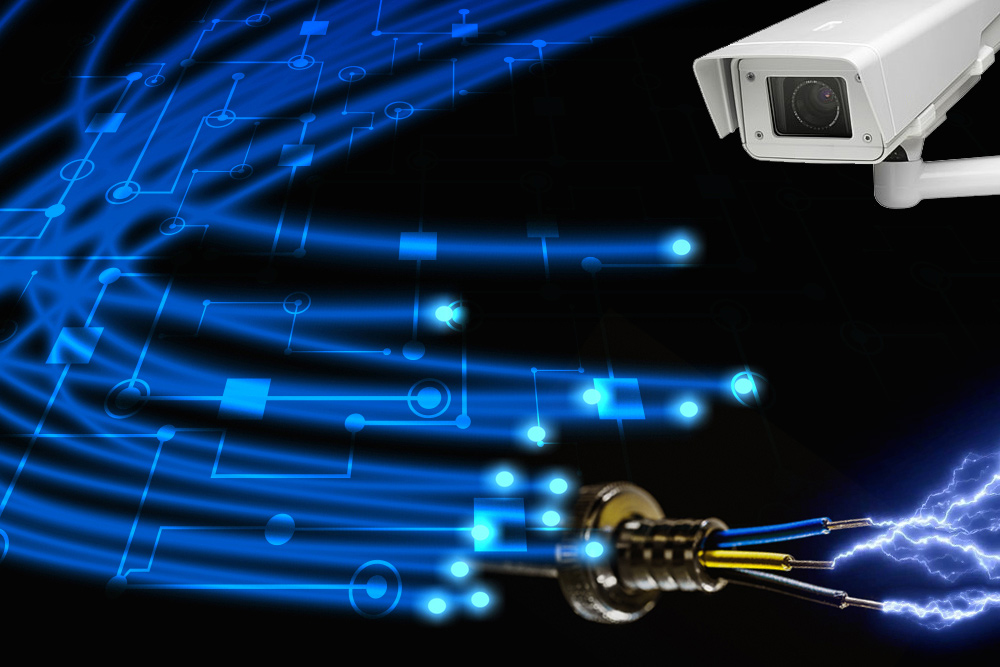How Fiber Security Helps Prevent Intrusions and Boosts Monitoring
How Fiber Security Helps Prevent Intrusions and Boosts Monitoring
Blog Article
Improve Your Security With Advanced Fiber Optic Protection Systems
In an era where security is extremely important, sophisticated fiber optic safety systems present an engaging solution for boosting security across different atmospheres. These systems not only boast superior data transfer and speed for high-resolution monitoring yet also supply amazing strength versus external disturbances. As companies progressively seek trustworthy means to secure their possessions, the integration of ingenious innovations like AI and IoT within fiber optic structures raises important inquiries concerning their effectiveness compared to traditional systems. What implications do these advancements hold for future safety actions?
Benefits of Fiber Optic Safety And Security
Utilizing the advantages of fiber optic technology significantly boosts protection systems throughout numerous applications. Among the key advantages is the boosted data transfer ability, enabling for the transmission of big quantities of data at high speeds. This is specifically critical for real-time video clip surveillance, where high-resolution feeds can be sent out without latency, making certain instant reaction capacities.
Additionally, optical fiber show premium resistance to electromagnetic disturbance, which is crucial in atmospheres with potential signal disruptions. This integrity guarantees consistent efficiency in essential protection procedures. Fiber optic wires are less vulnerable to tapping and unapproved access compared to standard copper wiring, consequently boosting data integrity and privacy.
One more notable advantage is the durability of fiber optic systems; they are more immune to ecological elements such as dampness, temperature changes, and harsh materials. This durability converts to lower maintenance expenses and longer life-spans for safety installments.
Lastly, the light-weight nature of fiber optic cables assists in less complicated installation and directing, especially in intricate infrastructures (fiber optic security system). Ultimately, the combination of fiber optic modern technology into safety and security systems not only boosts defense actions but likewise enhances functional effectiveness
Trick Attributes to Consider
When evaluating fiber optic safety and security systems, numerous key features need to be thought about to guarantee optimum performance and performance. Initially, analyze the system's detection array and level of sensitivity; a substantial variety permits for monitoring huge locations, while high level of sensitivity makes certain that also small disruptions are found without delay.
Next, think about the combination capabilities of the system. A fiber optic security system need to effortlessly interface with existing security procedures such as electronic cameras and alarms, creating a natural safety and security network.
Sturdiness and environmental resistance are additionally vital functions. Ensure that the system is made to endure harsh climate condition and possible physical dangers, as this will certainly extend its operational lifespan.

Lastly, look into the scalability of the system. A durable fiber optic security system need to be quickly expanding to fit future needs without significant overhauls. By meticulously thinking about these features, you can choose a fiber optic security remedy that boosts safety and protection in your environment.
Installment Process Introduction
To successfully carry out a fiber optic safety and security system, a systematic you could check here setup process is essential. This procedure starts with an extensive website assessment to establish the particular safety needs and to determine optimum locations for fiber optic cable televisions and security gadgets. Following this analysis, the installation team will certainly create a comprehensive strategy, consisting of cable pathways, needed tools, and compliance with regional guidelines.
Following, the installment involves laying the fiber optic cables, guaranteeing they are shielded from environmental factors and physical damage. Appropriate handling methods are essential, as fiber optic cables are delicate and can be conveniently harmed. After the cabling is mounted, connectors and terminations are carefully completed to guarantee signal stability.
The subsequent phase includes setting up protection tools such as cams, movement detectors, and alarm, look at this site all incorporated with the fiber optic network. Extensive screening is carried out to confirm that all elements are operating appropriately and to make certain optimum efficiency.

Contrasting Fiber Optic to Standard Solutions
The development of safety and security technology has resulted in considerable improvements in the contrast in between fiber optic systems and standard copper-based systems. Fiber optic systems use light to transmit data, providing premium data transfer and rate compared to their copper equivalents. This causes improved data transmission capacities, making fiber optics perfect for high-resolution video clip monitoring and real-time monitoring.
Additionally, fiber optic wires are resistant to electro-magnetic disturbance, lowering the chance of signal deterioration triggered by exterior elements. This characteristic makes sure consistent efficiency, even in tough atmospheres. In comparison, standard copper systems are more prone to interference, bring about potential susceptabilities in protection applications.
Longevity is one more benefit of fiber optic systems. They are less susceptible to damage from environmental variables such as moisture and temperature level variations, which can jeopardize copper circuitry. Additionally, optical fiber are lighter and thinner, enabling much easier installment and decreased physical impact.
Nevertheless, typical systems often tend to have lower preliminary prices, making them appealing for budget-conscious tasks. While fiber optic systems might need a greater ahead of time financial investment, their long-term benefits-- such as reduced maintenance expenses and better reliability-- typically exceed the first expenditure, positioning them as an exceptional option for modern safety and security requirements.
Future Trends in Security Modern Technology
Emerging trends in safety modern technology are poised to transform the landscape of surveillance and risk detection - fiber optic security system. As organizations progressively deal with advanced risks, advancements such as synthetic intelligence (AI) and equipment knowing (ML) are coming to be important to protection systems. These modern technologies boost the capacity of fiber optic systems by allowing real-time information analysis, identifying abnormalities, and automating feedbacks to possible violations
Furthermore, the integration of the Internet of Points (IoT) is changing protection frameworks. IoT tools can supply detailed situational understanding and help with smooth interaction between different protection parts. This interconnectedness enables extra efficient monitoring and faster occurrence reaction times.
Biometric authentication is additionally getting energy, giving a higher degree of safety with unique physical features. As this innovation develops, it is likely to be included into fiber optic systems for boosted gain access to control.
Conclusion
In verdict, progressed fiber optic security systems stand for a considerable improvement in safety and security and surveillance innovation. The shift from typical systems to use this link fiber optic solutions reflects a growing fad in the direction of more efficient and efficient safety procedures in a significantly intricate technical landscape.
Report this page